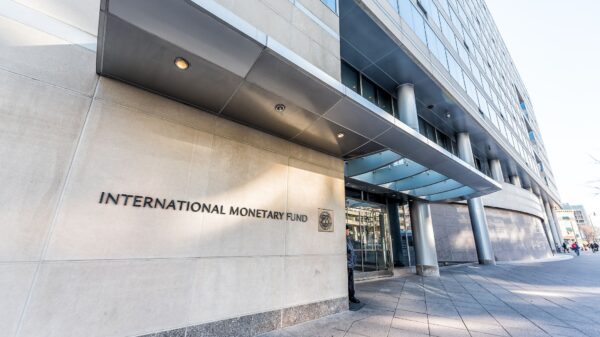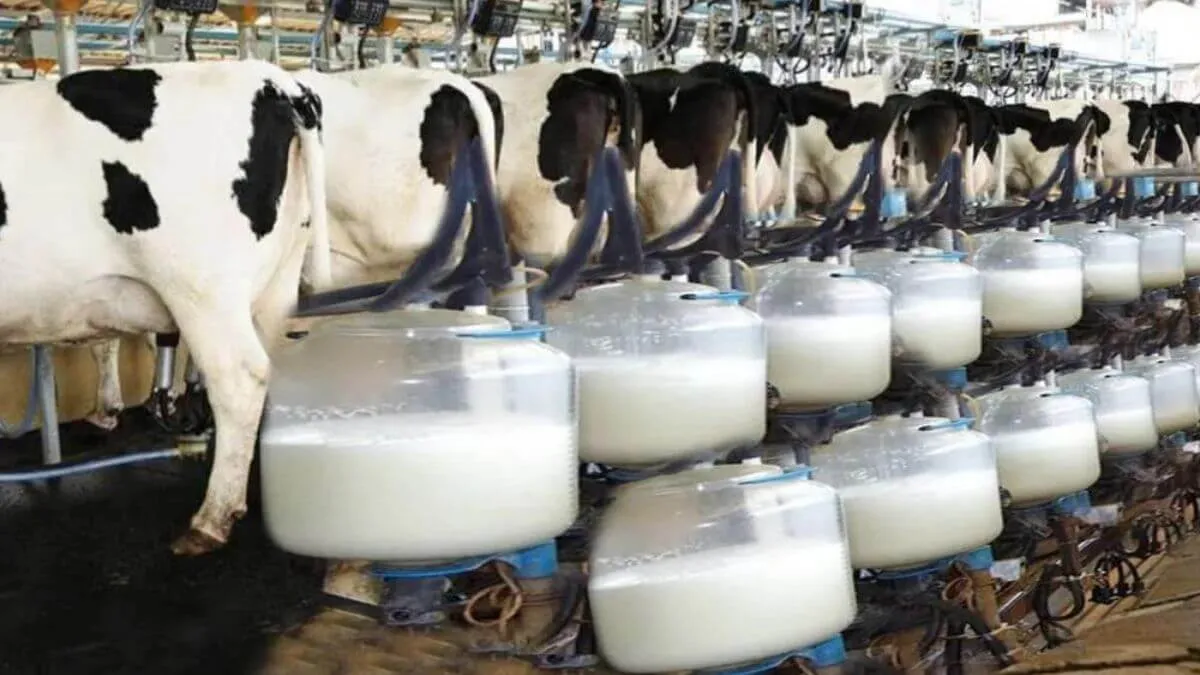Zimbabwe’s raw milk production experienced a remarkable 14.9% increase in 2024, reaching a record 114.7 million litres, surpassing the previous peak of 100 million litres achieved almost a decade ago, according to official statistics.
This impressive growth is attributed to substantial investments from both the private sector and the Government, as well as improvements in dairy farming practices, according to the Government’s Dairy Services Department.
The production exceeded the national target of 113 million litres for 2024, reflecting the success of initiatives aimed at revitalizing the dairy industry.
Zimbabwe’s milk production hit its peak in 2005, with 100 million litres produced, just five years after the country began its land reform program in 2000. However, this record was followed by a period of decline due to challenges such as droughts, insufficient funding, and the transition of dairy farming to black farmers who were taking over a sector previously dominated by white commercial farmers, known for its technical complexity. These issues led many milk processing companies to rely on imported milk powder for production.
The record output of 2024 brings Zimbabwe closer to self-sufficiency in raw milk production, as the country’s annual demand is estimated at 120 million litres. The intake by processors increased from 91.76 million litres in 2023 to 105.7 million litres in 2024, marking a 15.2% rise. Retail sales also saw an 11.6% increase, growing from 8.06 million litres in 2023 to 8.99 million litres in 2024.
Read: Wicknell Chivayo Promises $10M to ZIFA, Eyes a New Era with Magwizi
Monthly data reveals consistent growth, with January showing a 17% increase in production compared to the previous year, and February seeing a significant rise of 26.6%. August marked the highest production month, with 10.16 million litres produced, up from 8.87 million litres in 2023.
Agronomist Pamela Macheka pointed to several key strategies that have boosted the dairy sector, including the importation of high-quality heifers, improvements in livestock feed, and the provision of training for farmers in modern dairy farming techniques. These measures have particularly benefited smallholder farmers, who are a vital part of the sector.
Experts in the dairy industry highlight the pivotal role of the private sector in driving growth. Investments in processing plants, cold storage, and distribution systems have improved milk handling and reduced post-harvest losses. Furthermore, partnerships between government agencies and private stakeholders have improved access to affordable feed and veterinary services, addressing critical challenges faced by dairy farmers.
Dr. Shaun Zumbe, a milk industry expert, noted that while the growth in 2024 is encouraging, challenges remain. “Despite the impressive growth, the sector still faces issues such as power and water shortages that disrupt milk production and processing,” he said.
Looking ahead, there are significant opportunities for growth. With rising domestic and regional demand for milk and dairy products, Zimbabwe is well-positioned to become a key player in the Southern African dairy market. Continued investment in infrastructure, farmer training, and research will be crucial for maintaining this growth.
The country’s goal is to reach 150 million litres in raw milk production, surpassing self-sufficiency and establishing Zimbabwe as a competitive force in the regional dairy market.
Government programs like the Command Livestock Programme, the Presidential Silage Programme (PSP), and the Livestock Recovery and Growth Plan (LRGP) have all contributed to the sector’s progress. However, challenges remain, including erratic power supply, high feed costs, limited access to financing, and the threat of smuggled dairy products entering the domestic market.

For comments, Feedback and Opinions do get in touch with our editor on WhatsApp: +44 7949 297606.







































